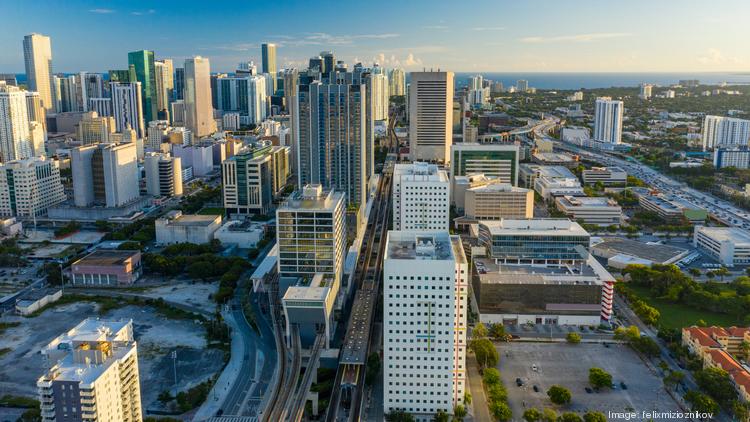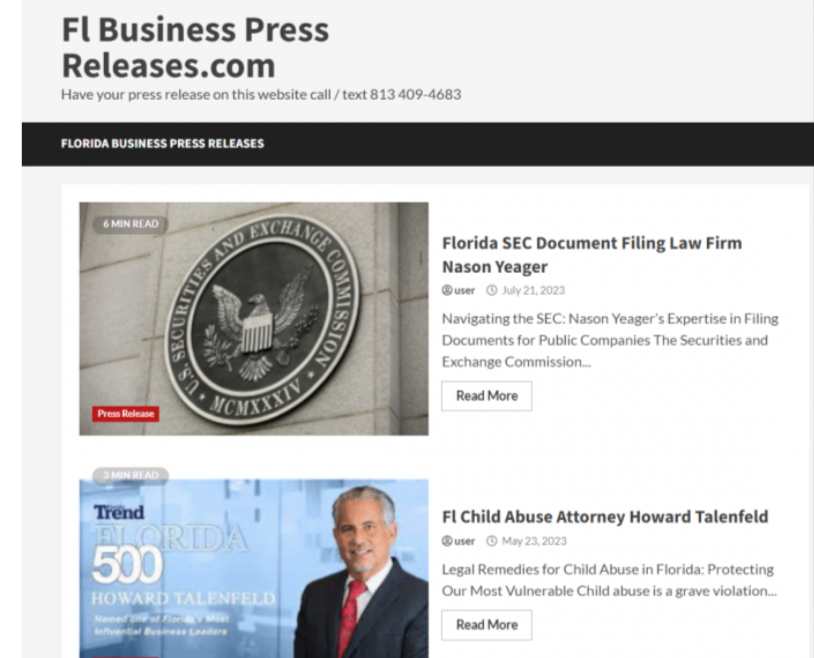Investing in commercial real estate in Florida can be a lucrative opportunity for investors looking to diversify their portfolio and generate long-term wealth. With its growing population, strong economic growth, and attractive tax policies, Florida has become a popular destination for real estate investors from around the world.
Here are some key factors to consider when investing in commercial real estate in Florida:
Location: The location of a commercial property is one of the most important factors to consider when making an investment decision. Florida is a large state with a diverse economy, so it’s important to choose a location that is well-suited for your investment strategy. Some popular locations for commercial real estate investments in Florida include Miami, Tampa, Orlando, and Jacksonville.
Property Type: Commercial real estate encompasses a wide range of property types, including office buildings, retail centers, industrial warehouses, and multi-family housing. Each property type has its own set of advantages and risks, so it’s important to choose a property type that aligns with your investment goals and risk tolerance.
Market Trends: To make an informed investment decision, it’s important to research market trends and understand the local real estate market. Factors to consider include vacancy rates, rental rates, tenant demand, and supply and demand dynamics. By staying up-to-date with market trends, investors can make informed decisions and identify opportunities for growth.
Financing Options: Commercial real estate investments typically require significant capital, so it’s important to explore financing options to maximize returns. In addition to traditional bank loans, investors can consider private lenders, crowdfunding, and other alternative financing options. It’s important to work with a financial professional who can help you identify the best financing option for your investment strategy.
Tax Benefits: Florida offers several tax benefits for real estate investors, including no state income tax, no estate tax, and no intangible personal property tax. Additionally, investors can take advantage of depreciation deductions and 1031 exchanges to defer taxes on capital gains.
As with any investment, investing in commercial real estate in Florida requires careful research and due diligence. By working with experienced professionals, understanding the local real estate market, and staying informed on industry trends, investors can make informed decisions and achieve long-term success.
Work with a local real estate agent or broker: A local real estate professional can provide invaluable insight into the local market, including current trends, market demand, and property values. They can also help you identify potential investment properties that align with your goals and budget.
Conduct a thorough due diligence: Before making an investment decision, it’s important to conduct a thorough due diligence of the property, including an inspection, title search, and environmental assessment. This can help you identify any potential issues or risks associated with the property.
Evaluate the potential for cash flow: Commercial real estate investments can generate income through rental income and capital appreciation. When evaluating potential properties, it’s important to consider the potential for cash flow and ensure that the property is generating enough income to cover expenses and generate a positive return on investment.
Consider the potential for future growth: Florida is a rapidly growing state with a growing population and a strong economy. When evaluating potential investment properties, it’s important to consider the potential for future growth, including changes in demographics, infrastructure improvements, and new development projects.
Diversify your portfolio: Investing in commercial real estate in Florida can be a great way to diversify your investment portfolio and reduce risk. By investing in a variety of property types and locations, you can spread your risk and maximize your returns over the long term.
Overall, investing in commercial real estate in Florida can be a great way to generate long-term wealth and achieve your financial goals. With careful research and due diligence, investors can identify opportunities for growth and achieve long-term success.
Types of commercial Real Estate in Florida
There are several types of commercial real estate properties in Florida, each with their unique characteristics and investment opportunities. Here are some of the most common types of commercial properties you’ll find in Florida:
Office buildings: Office buildings are commercial properties that are primarily used for business and professional services. They can range from single-story office parks to large multi-story office buildings in urban centers.
Retail properties: Retail properties are commercial properties that are used for retail or consumer-oriented businesses, such as shopping centers, malls, and standalone retail stores.
Industrial properties: Industrial properties are commercial properties that are used for manufacturing, warehousing, and distribution. These can range from large industrial parks to small warehouses.
Hospitality properties: Hospitality properties are commercial properties that are used for lodging and entertainment purposes, such as hotels, motels, and resorts.
Multifamily properties: Multifamily properties are commercial properties that are used for residential purposes, such as apartment buildings, townhouses, and condominiums.
Mixed-use properties: Mixed-use properties are commercial properties that combine two or more types of commercial or residential uses, such as a building that includes retail space on the ground floor and apartments on the upper floors.
Investing in commercial real estate in Florida can provide investors with a diverse range of opportunities and potential for long-term growth. Each property type has its unique advantages and considerations, and investors should carefully evaluate each opportunity to determine the best fit for their investment goals and risk tolerance.


 Florida PR News...5 years ago
Florida PR News...5 years ago





